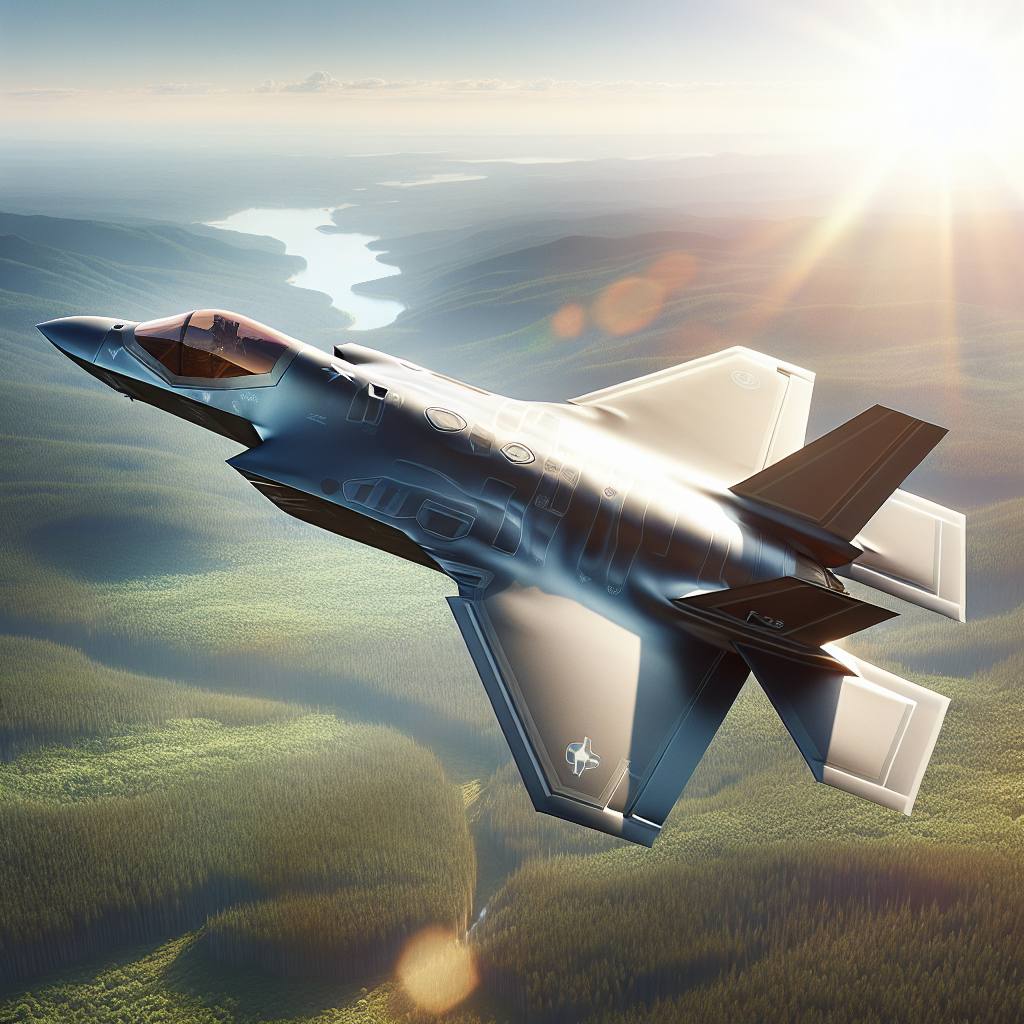
An Environmental & Budgetary Defense of the F-35
Fuel Savings and Emissions Reductions
It might seem paradoxical to associate fighter jets with environmental improvements. However, the F-35 Lightning II defies expectations by offering notable fuel savings. In hypothetical conflict scenarios, such as a flight from Guam to Taiwan, the F-35 utilizes significantly less fuel compared to predecessors like the F-15EX. As outlined by Defense One, while 18 F-15EX fighters would consume approximately 491,000 gallons of fuel, the F-35 would require just 253,000 gallons for the same mission, effectively saving 238,000 gallons. This reduction is equivalent to transitioning 88 gas-guzzling vehicles to electric vehicles (EVs) in just one operation.
Addressing Program Criticisms
Media narratives often paint the F-35 as a flawed, costly endeavor with frequent mishaps. Yet, this portrayal overlooks significant advancements made in recent years. Despite its rigorous scrutiny, the F-35 has transformed into a highly effective and economically viable project, now costing less per aircraft than the F-15EX.
Factors contributing to its fair share of criticism include the media’s tendency to highlight failures over successes (“If it bleeds, it leads”) and external influences from countries like Russia and China, who have vested interests in undermining U.S. military programs.
The Role of Drones in Military Strategy
Some argue for drones over manned jets like the F-35 to cut costs and risks. While the integration of drones in future military operations is clear, dismissing the F-35 in favor of a fully autonomous fleet is not feasible. The F-35 acts as a command hub in combat, leveraging its advanced systems to coordinate drone operations effectively.
- The F-35’s design incorporates capabilities for working alongside autonomous drones, forming a synergistic “man-drones” partnership.
- Removing the F-35 would disrupt this dynamic, and the development of new drone systems to replace its role would necessitate significant time and resources.
- The F-35 already boasts a reduced cost profile over its development period, which future drone development initiatives would initially lack.
Final Thoughts
Given the complexities of modern warfare, suggestions to shift solely to autonomous drones overlook critical obstacles such as tactics, decision-making flexibility, and evolving threat landscapes. The F-35 remains central to strategic plans integrating mixed air assets, supporting the progression towards greater autonomy while retaining essential human oversight.
Critics like Elon Musk have questioned the program’s value, but it is crucial to evaluate claims against observable outcomes and strategic intent. The F-35 represents a balance of present capability and future potential, akin to a Tesla poised for advancements in autonomous technology.
In conclusion, the F-35 Lightning II is not just another military expenditure. It serves as a testament to innovative approaches in achieving sustainability within unavoidable defense operations. Through improved fuel efficiency and ongoing enhancements, it offers an environmentally conscious yet robust solution in military aviation.
Source: https://cleantechnica.com/2024/11/29/an-environmental-budgetary-defense-of-the-f-35/

